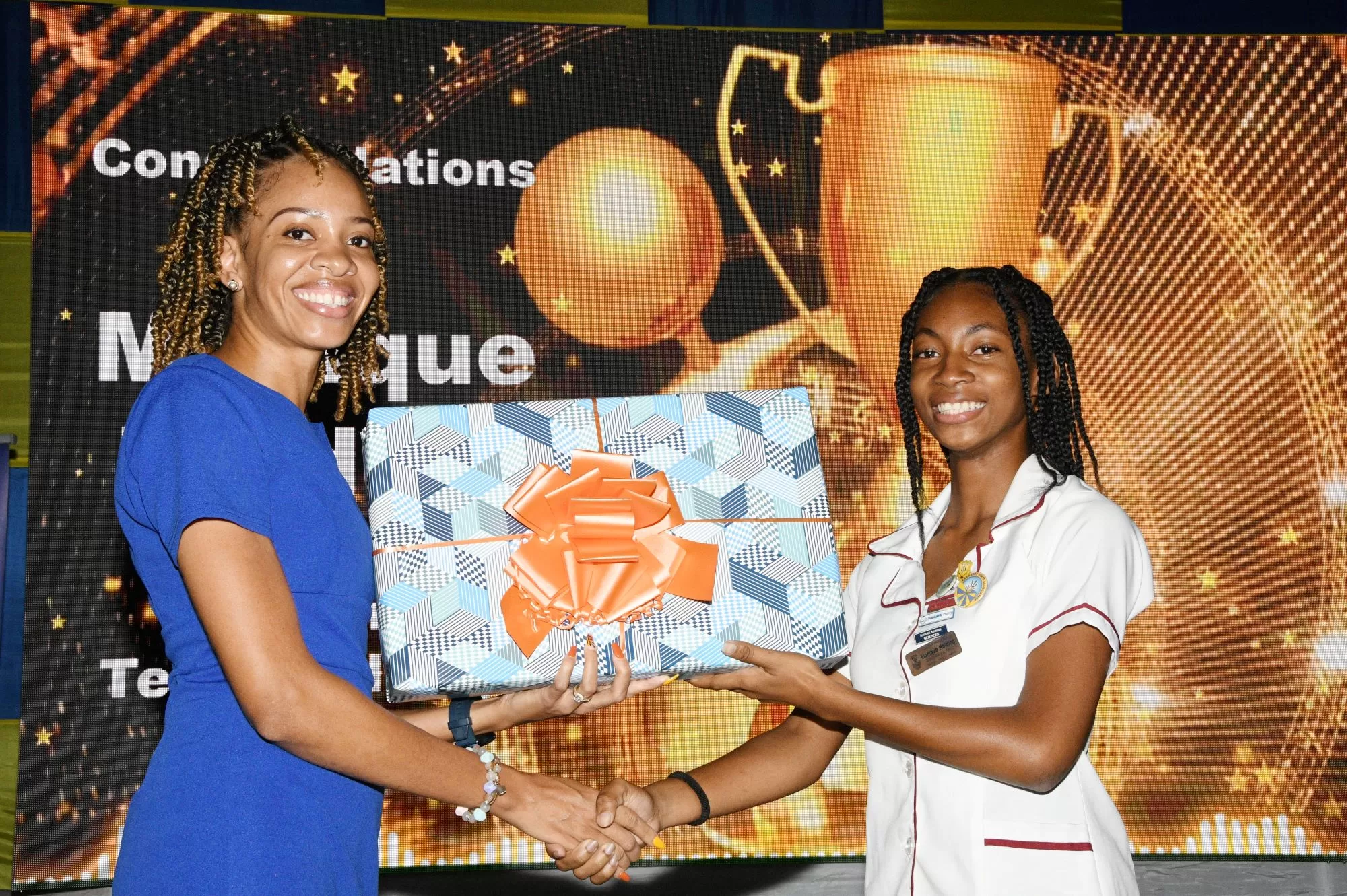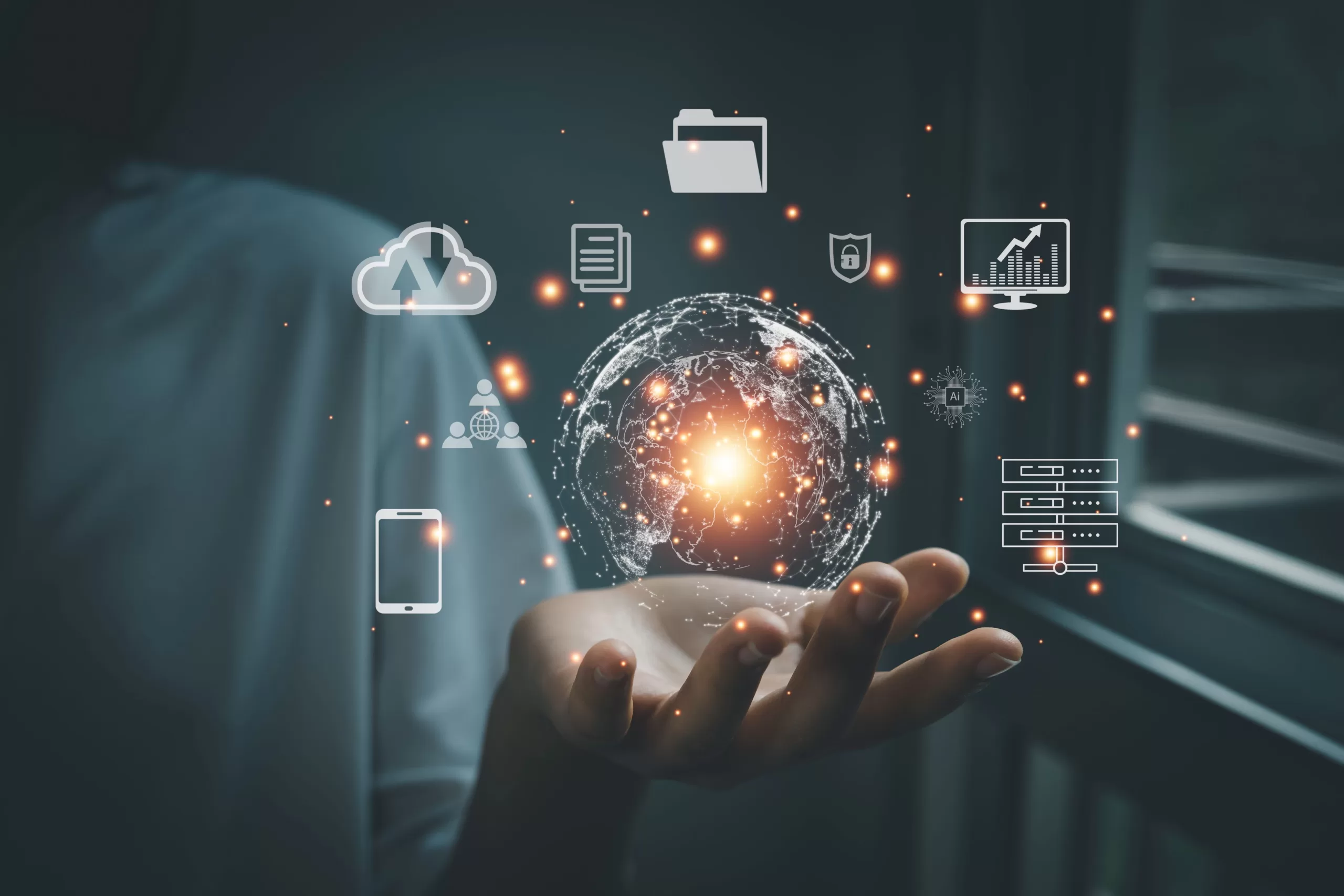The Future of Work is Flipped: New focus on flexibility and culture
During 2020, the first year of the pandemic-induced lockdowns, the International Labour Organization (ILO) Monitor reported an 8.8 per cent decline in global work hours. By mid-year, the Organization for Economic Co-operation and Development (OECD) shared the expectation that a second COVID-19 wave would result in an estimated nine per cent unemployment rate within its 38 member states.
Yet, many such predictions were not realised due to market activities such as government spending on welfare and business stimulus packages, along with a successful pivot to remote life across the world. In other words, some things changed for the better in the world of work.
In fact, according to the International Workplace Group, 85 per cent of business owners found that the efficiency of their operations increased due to increased flexibility, and an experiment conducted by Stanford University showed some equally interesting figures: remote work led to an increase in productivity by 13 per cent. By the end of 2021, The Economist declared 2022 the year of the worker.
Change in employee expectations
Technologies and infrastructure have been enabling business continuity for the last two years.
These solutions are considered key to optimising employee experience and driving business strategy for the foreseeable future. Meanwhile, it is predicted that employees will expect benefits in everything, from remote work technologies to building culture and prioritising well being.
Cloud Technology – The staple of a seamless remote work experience
Having the ideal cloud systems in place is integral to a safe and continuous work experience.
Nicolene Worthy-Donaldson, Senior Product Manager at MC Systems, offered insight into how payroll cloud technology is already future-proofed for the employee-focused workplace.
“During COVID persons have to be agile and flexible. This means you have to access information from anywhere at any time. It’s no surprise that as we navigate the ongoing COVID crisis, the desire to upgrade to cloud-based payroll processing continues to grow. It means we get to offer more robust cybersecurity so that sensitive information is kept remotely.”
“Payroll processing staff can work without interruption because network access is available and payroll applications enable persons to access data remotely.”
Maintaining company culture and employee well being
Building culture will take on a fresh approach in the new workforce, as leaders have to account for many other factors to ensure all the employees reflect the ethos of the business.
With geographically distributed staff, shortening the ongoing feedback loop and extending the activity beyond an annual review process is among the various conditions that can help to build and maintain a culture that attracts the best talent.
According to HR expert Dave Zielinski, of HR Magazine, Natural Language Processing, (NLP) might be used to analyze unstructured data—such as text—that comes as a piece of feedback from a manager [or] a peer or in a performance review to make it more understandable and useful. The use of “guardrails” in that process could help people write more value-based feedback, avoid toxic language or use more actionable terms when describing or evaluating others. NLP tools could help managers determine if their feedback is in the right realm of quality to help others truly grow and improve.
“Within a geographically distributed company, you have to work hard at maintaining a culture”, explained Declan MacMahon, Senior Vice President of Client Services at OrangeHRM. “It doesn’t come naturally if you’ve got a distributed workforce rather than a central workforce. It takes effort in establishing and maintaining a culture and this is frequently what keeps employees with you”.
Microsoft’s HR Lead, Latin America, Rocio Diaz Sanchez, who is responsible for 14 markets in the region, indicated that, “in the Microsoft workers report published in 2021, it’s very clear that in 2022, as the world starts to open, around 41 per cent of workers will change to a new job. That’s why the business leaders are reevaluating elements such as flexibility, wellbeing, and location.”
With workers focused on how a company aligns with their personal goals and how much consideration is given to their wellbeing, the initial benefits package may not be enough to retain talent.
“When you see these recent studies, it’s very clear that the Millennials and Gen Zs are the ones that suffer more isolation through [the] pandemic because of their reality. They were single. They’re alone.” Diaz Sanchez outlined.
“In a recent conversation with a millennial here at Microsoft, I asked that person how they gained balance…. the answer was, “Well, I need to have my meditation from 7 to 8 in the morning so I decline every meeting in that period of time. “In the past, for us, we’d have been like ‘No, you just need to get to the meeting.’ That’s not the reality for them anymore. So we need to respect that. We need to evolve. They need different things and these generations are taking note of these components as well.”
Considering this new reality, integrating a benefits programme with employees’ health and wellness may be more effective. Periodically, introducing new wellness options and company benefits could also boost a company’s appeal to future employees.
Managing the demands of business and consumer expectations in a post-pandemic world requires the right mix of technologies, culture and employee wellbeing. The leader who wants to attract and retain the best talent has to bring the A game when it comes to optimising the employee experience, especially as dictated by the new generation workforce.
We are here to support you as your technology consultant. Let’s start the conversation. Connect with us at solutions@mcsystems.com | 876 552-8124 | 876 564-2231.
Insights:





